| Pesticide class | Insecticides |
|---|---|
| Active ingredient | Dimethoate |
| Formulation | 40% EC |
| Resistance group | IRAC: 1B |
| PHI | 14-21 day |
| Acute Oral LD 50 for Rats | 387 mg/kg |
Dimethoate 40% EC
It is systemic insecticide and contact with ingestion mode of action. It belongs to the organophosphate, a neurotoxin that acts as a cholonesterase inhibitor in the insect nervous system. Dimethoate has a quick act and keeps systemic effect for up to 14 days.
Cases and dosage
|
Crop |
Pest | Dosage |
| Fruit trees |
(Lepidosaphes malicola), (Parlatoria olaea) and (Pseudococcidae) |
1/1000 |
|
Cotton |
(Thrips tabaci) | |
| Sugar beet |
(Neoaliturus spp.) |
|
| Cereal |
(Diuraphis noxia) and (Schizaphis graminum) |
|
|
Soybean |
(Aphididae), (Thrips tabaci) and sucking Pest |
|
| Alfalfa |
(Ditylenchus dipsaci) |
Related products
Emamectin Benzoate 5.7% SG
It is a non-systemic insecticide with contact, ingestion mode of action. It belongs to the avermectin, that inhibits muscle contraction, causing a continuous flow of chlorine ions in the GABA and H-Glutamate receptor sites. Emamectin Benzoate is a natural bacterial fermentation product of the soil actinomycete, Streptomyces avermitilis.
Abamectin 1.8%EC
It is penetration (semi-systemic) insecticide and acaricide with contact, ingestion mode of action. It belongs to the avermectin that binds to the glutamate-gated chloride channels that are found in invertebrate nerve and muscle cells of insects, causing their death. Abamectin is a natural bacterial fermentation product of the soil actinomycete, Streptomyces avermitilis.
INDOXACARB +EMAMECTIN BENZOATE 9% SC
Lufenuron+Emamectin Benzoate 45%WG
Dichlorvos 50%EC
Trichlorfon 80% SP
Pyriproxyfen 10% EC
Dinotefuran 20% SG
It is a systemic insecticide with contact, ingestion mode of action. It belongs to the neonicitinoid, which affects nicotinic acetylcholine receptors in the central nervous system of insects. Dinotefuran causes the death of insects by preventing insects from feeding within a few hours after application. After spraying, it is absorbed both through the leaves and through the roots and is transferred to all the organs of the plant.


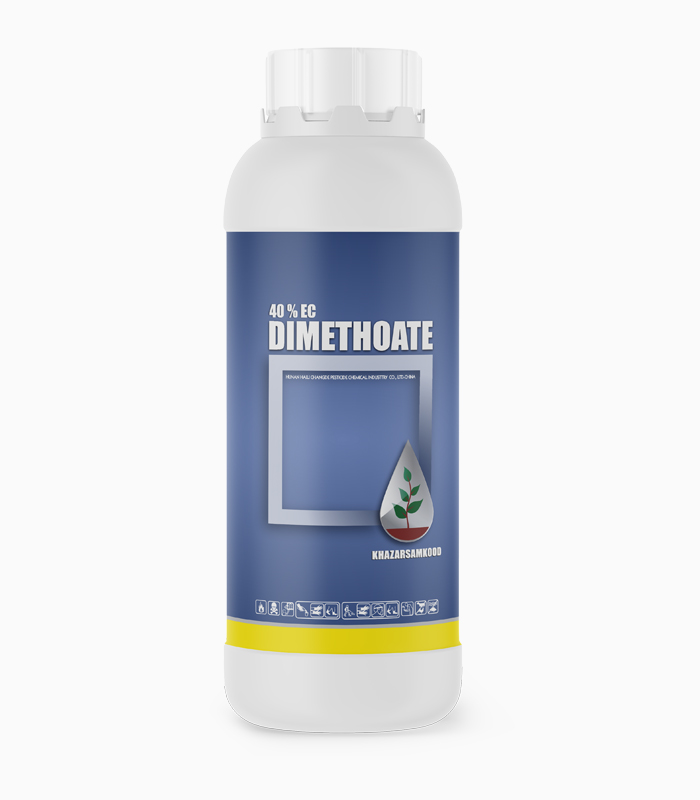
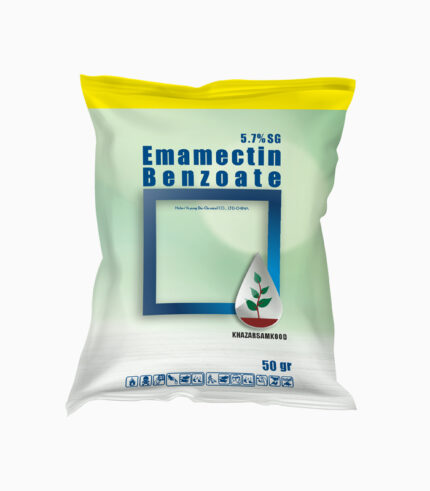
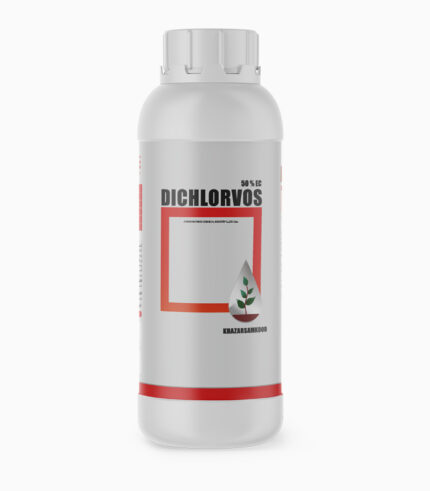
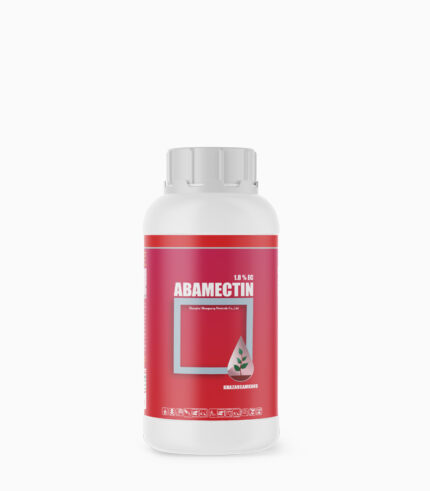
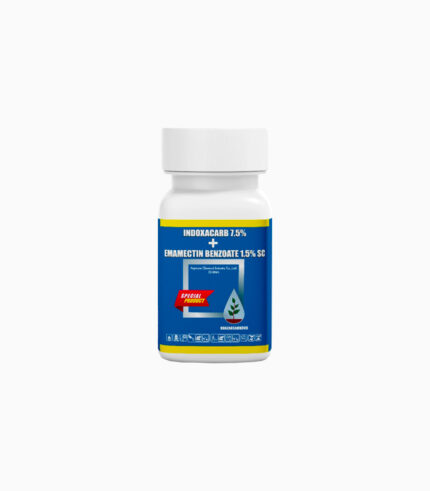
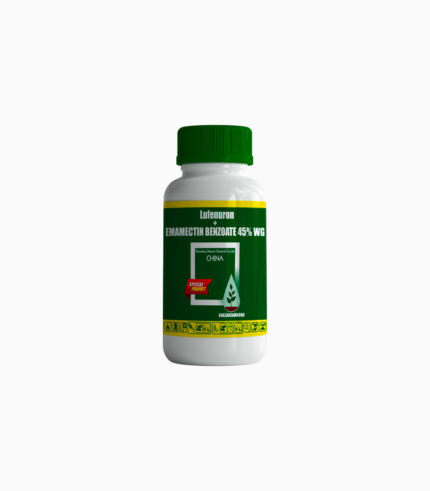
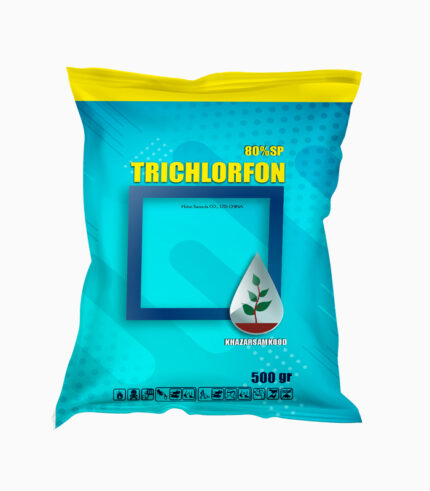
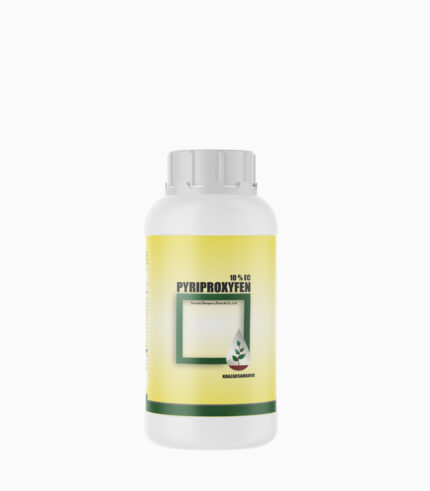

Reviews
There are no reviews yet.